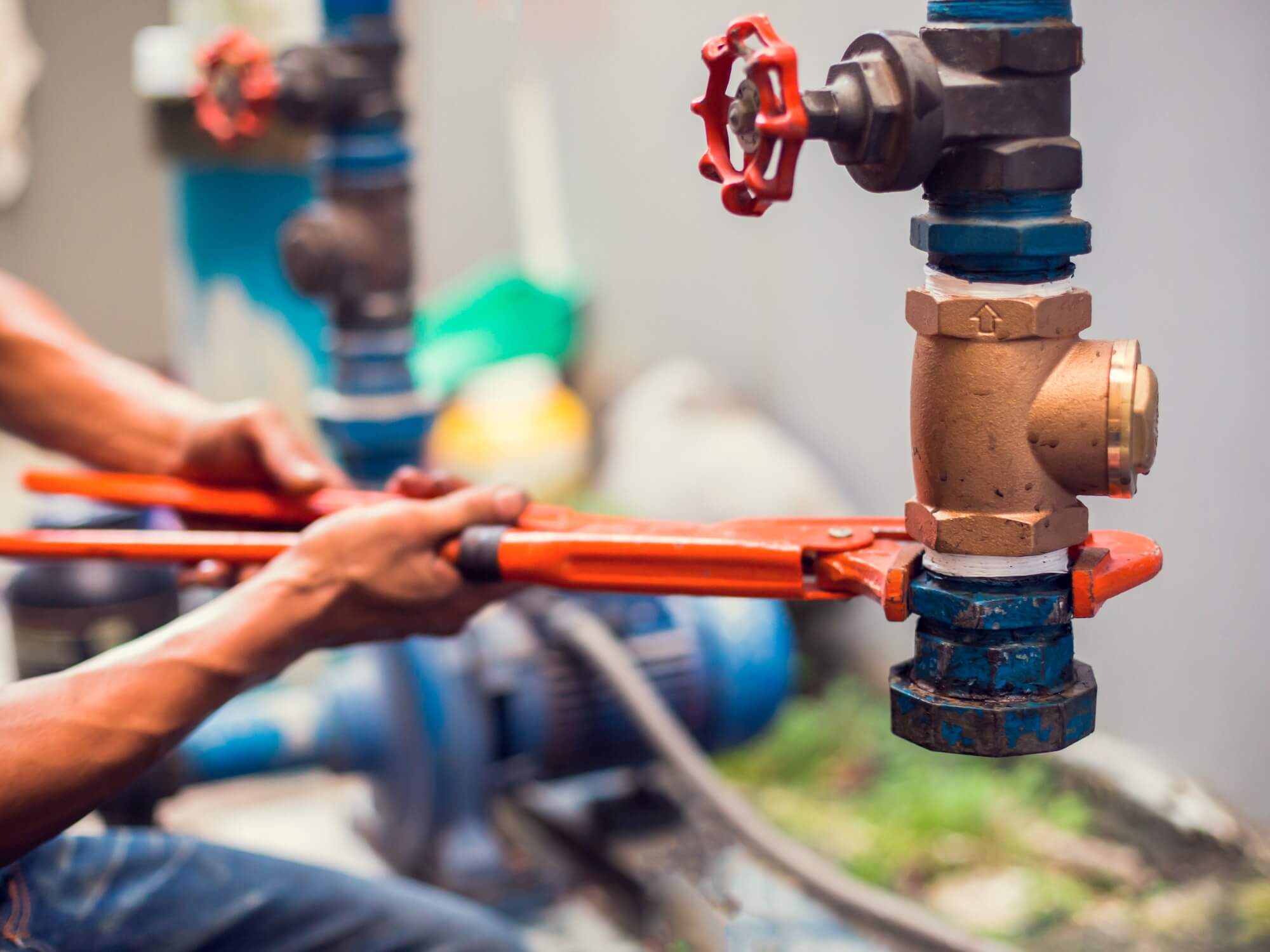If you’re headed south in search of a warmer winter, it can be easy to forget your home needs protection from the cold as well. This is especially true for plumbing. Even in North Florida, temperatures can plummet to freezing levels that can cause pipes to freeze solid in a matter of hours. Before hitting the road, check out our winter plumbing tips to ensure that you don’t return to broken pipes or leaky messes.
If you need help with any of the tips below, Quality Plumbing of Gainesville Inc. offers expert plumbing services and 24/7 emergency repairs. Contact us to schedule your pre-winter appointment!
Turn Off The Water
For safety reasons, you should always be aware of the location of the water shut off valve. Before leaving your home for the winter, turn the valve off to keep any water clear from the pipes, so they aren’t damaged if temperatures drop below freezing. Depending on when your home was built, the shut off valve may be in a few different places. The valve can typically be found inside the house towards the front of the building, or in a basement or crawl space, or it may be located in an underground box at the edge of your property line. If you are unable to locate it, consult with a plumbing company that will be more experienced in finding the valve.
Shut Off The Water Heater
Once the water is turned off, you can turn off the water heater and drain it as well. The water heater is usually located in a garage, basement, attic, or inside a dedicated closet in your home. If you have a gas water heater, you can turn the heater off at the source and shut off the gas valve. If you have an electric heater, it can be turned off at the breaker. Once off, you can open the valve or spigot on the water heater to drain the water into a pail or bucket. Doing so will take between 20-25 minutes, depending on the size of your water heater. However, the time spent on this task is worth it to ensure that frozen water does not cause irreparable damage to the heater.
Drain Supply Lines
After the water valve to the house is turned off, go around your home and turn on all of the faucets in your home. This includes sinks, bathtubs, showers, and exterior hose connections. This is a crucial step because even though you’ve turned off the water, water is still stored in the pipes. Turning on water sources will empty the pipes that supply your faucets. If you have access to an air compressor and feel comfortable with it, you can blow out the pipes to ensure that they’re 100% free of water.
Antifreeze Toilets
In addition to running faucets, you should flush your toilet to empty the water tank after the water valve is shut off. Once empty, you can take an extra step of precaution and fill the toilet’s tank with antifreeze. Make sure to only use antifreeze that has been rated specifically for use in your plumbing. You can typically find appropriate antifreeze with RV supplies. After you’ve filled the tank, hold down the flush handle to send the antifreeze into the bowl and drain system.
While it might take a little bit of effort, it’s important to winterize plumbing so that there are no surprises when you return home. Check out our resource page for more plumbing tips!
